I'm new to coding and having a hard time expressing/searching for the correct terms to help me along with this task. In my work I get some pretty large excel-files from people out in the field monitoring birds. The results need to be prepared for databases, reports, tables and more. I was hoping to use Python to automate some tasks for this.
How can I use Python (pandas?) to find certain rows/columns based on a common name/ID but with a unique suffix , and aggregate/sum the results that belongs together under that common name? As an example in the table provided I need get all the results from sub-localities e.g. AA3_f, AA3_lf and AA3_s expressed as the sum (total of gulls for each species) of the subs in a new row for the main Locality AA3.
Can someone please provide some code for this task, or help me in some other way? I have searched and watched many tutorials on python, numpy, pandas and also matplotlib .. still clueless on how to set this up
any help appreciated Thanks!
Update:
@Harsh Nagouda, thanks for your reply. I tried your example using groupby function, but I having trouble dividing into correct groups. The "Locality" column has only unique values/ID because they all have a suffix (they are sub categories).
I tried to solve this by slicing the strings:
eng.Locality.str.slice(0,4,1)
i managed to slice off the suffices so that the remainders = AA3_ , AA4_ and so on. Then i tried to do this slicing in the groupby function. That failed. Then I tried to slice using pandas.Dataframe.apply(). That failed as well.
eng["Locality"].apply(eng.Locality.str.slice(0,4,1))
sum = eng.groupby(["Locality"].str.slice(0,4,1)).sum()
Any more help out there? As you can see above - I need it :-)
